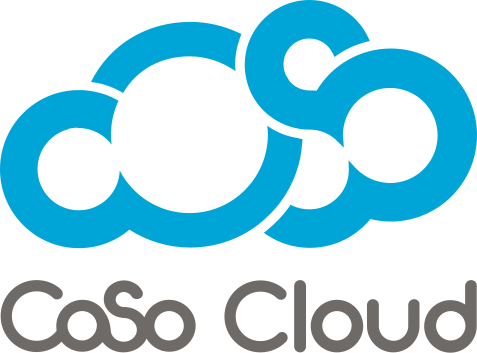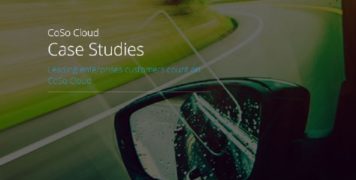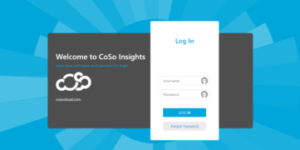
Here Comes Adaptive Learning!
August 20, 2019
Corporate training has seen some incredible advances over the years. There was of course the big leap in new, innovative teaching methods and techniques driven by the widespread computerization that started in the 1960s with PLATO, the first computer-assisted instruction system that originally called the University of Illinois home before supporting thousands of terminals worldwide. PLATO (or Programmed Logic for Automatic Teaching Operations) was a harbinger of sorts, bringing many familiar computing applications into the world long before the Internet we know today came to be, including online testing, email, and chat rooms, just to name a few. Later, SoftArc, the first true learning management system, debuted in 1990.
The Internet drove even greater innovations in learning. By the late 90s, organizations were moving ahead with blended computer and classroom learning. A few years later, computer-driven eLearning was taking over as the most efficient and advanced form of corporate training. The powerful anywhere, anytime and pretty much anything aspect of smart phones then brought the ability to take learning even further. In recent years, we’ve seen organizations embrace a variety of new tech-driven teaching approaches, such as microlearning, gamification, social learning and virtual training. But if you want to talk about the biggest break-throughs for worker training, adaptive learning may hold the most promise of all.
The power of adaptive learning is in its highly personalized, learner-centric approach. It combines many of the most advanced technologies such as artificial intelligence and predictive analytics to teach to the individual learner, using the methods that are most likely to impact that particular learner. Adaptive learning is data-driven. Rather than try to apply a cookie cutter approach to large-scale lesson giving, organizations are turning to adaptive learning technologies and processes that use preset rules or algorithms to present content that’s personalized according to the learner’s performance and behavior.
When I think back to my own schooling, I recall my education often being out of sync with the rest of the class. Sometimes, after quickly embracing a concept, I had to wait while the teacher tried to get it to catch on with the rest of the class. Other times, I felt my inquisitive nature forcing the teacher to dwell on details that probably weren’t part of the day’s learning plan. Still other times, it was my turn to struggle with a concept, and either my educational needs would slow down the class or I’d have to meet with the teacher to further discuss the topic after school. None of this felt like a struggle. It was simply how we were taught. But looking back now, I see how inefficient my own schooling often was. This is how many organizations are still training workers today with the inefficiencies of teach-to-all approaches translating into many billions of dollars lost.
The benefits of adaptive training are significant. Typically, learners all have the same training experience. They follow the same educational flow. Adaptive learning analyzes the learner’s performance and then adapts to it in real time, customizing both the content and the teaching style that best fits the learner’s needs. It emphasizes the technologies, methods and formats that are proven most effective for the learner in question. If he or she responds better to video, then lessons emphasize video. If he or she performs better with documents, the lessons emphasize the written word. The idea it to match the teaching style to the worker’s own preferred learning style, even if they’re not sure what their preferred learning style is.
Adaptive learning also keeps track of what the learner already knows to reduce unnecessary redundancies while continuing with quizzes and updates to ensure the knowledge is fresh. It supports just-in-time learning which arms workers with critical knowledge just prior to when it’s needed. This prevents wasting valuable time in conveying knowledge that isn’t ever used while ensuring needed knowledge can be tapped when it’s still fresh in the worker’s mind. It’s also highly interactive and engaging, which supports increased absorption and retention of knowledge.
But this is really just the tip of the iceberg. Stay tuned for plenty more insights throughout the year!











